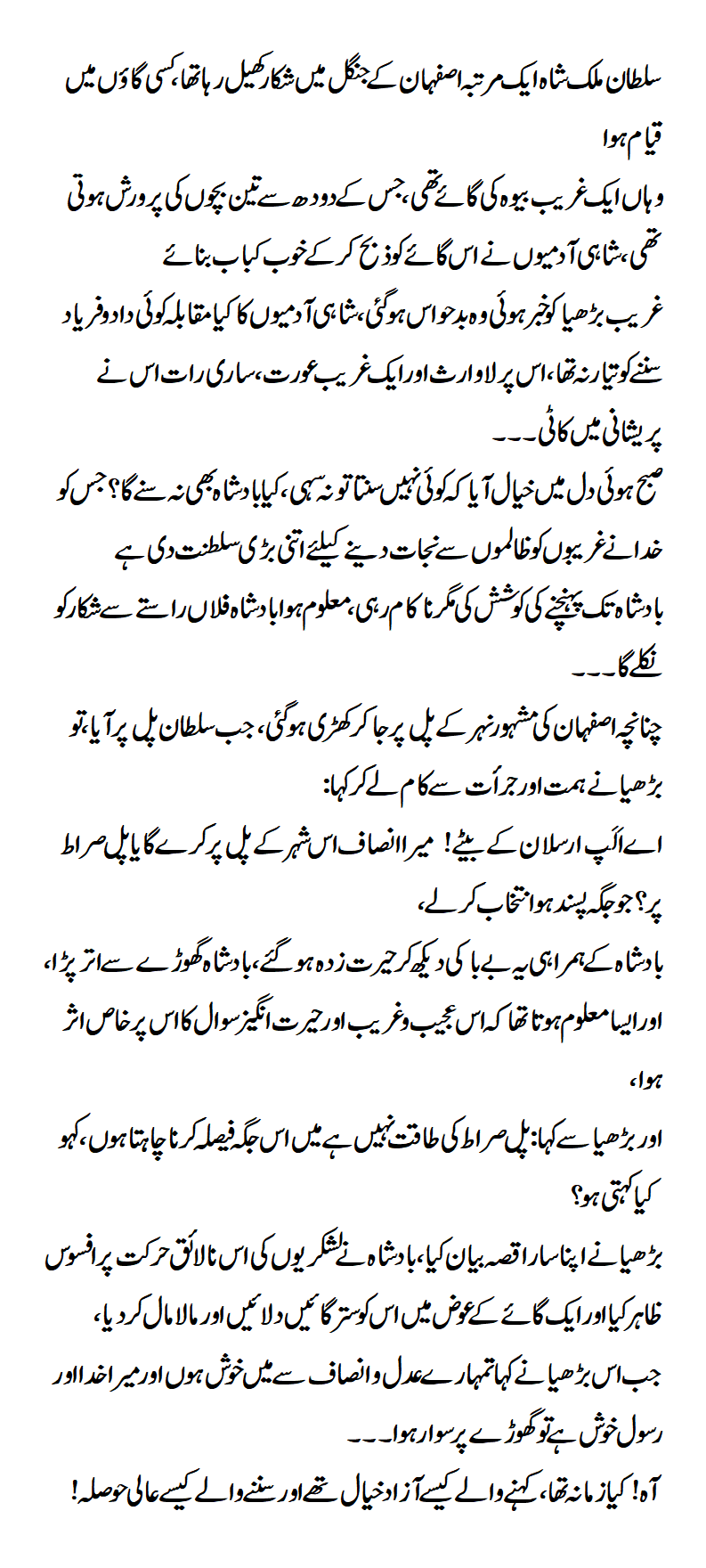Violent chaos for over a decade followed the sudden death of Malik Shah. Turkish traditions did not reinforce unity. Sovereignty was seen as a collective family responsibility not necessarily the prerogative of a single unchallenged sultan. After the death of Malik Shah, normal service was resumed, and stability came to an end.
There were several major contenders to succeed him as sultan – Mahmud, his 4-year old son was vigorously promoted by his mother and Taj al-Mulk: his death from smallpox soon ruled him out. An older son, Berk-Yaruq had the support of Nizam al-Mulk’s party,
and after much struggle overcame other rivals, especially Tutush, his uncle, Malik Shah’s brother. Though now technically the sultan, Berk-Yaruq’s power-base was confined mainly to Iraq, and fierce fighting continued.
Eventually he was forced to recognise the local rule of two of his half-brothers: Muhammad (known as Tapar, “the getter”) in northern Iran and western Syria, and Sanjar in Khorasan. [Anatolia was already controlled by the rival Seljuqs of Rum.
Eventually the two combined against Berk-Yaruq and forced him to divide the sultanate into three – an arrangement that did not have long to run, as Berk-Yaruq died a year later (1105) – worn out at 25. Muhammad became overall sultan, allowing Sanjar to act as his viceroy in the east from his capital at Merv.
